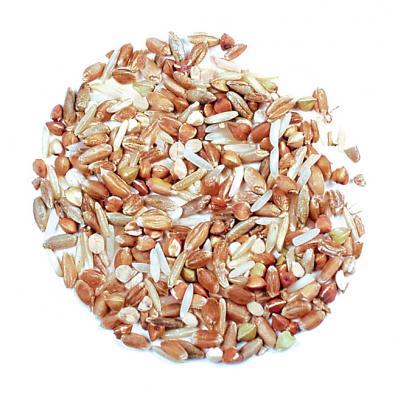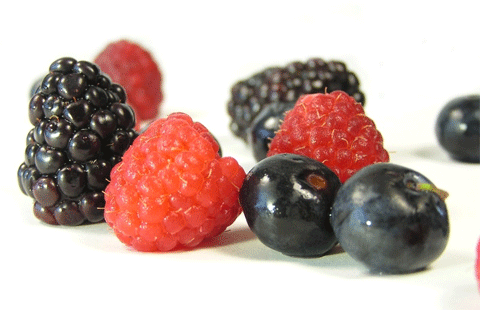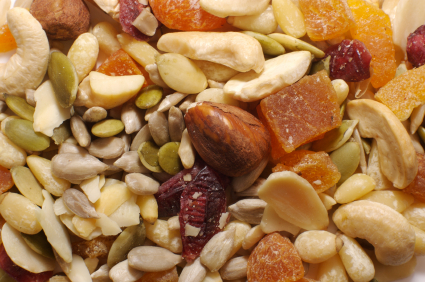10. Jennifer Love Hewitt

Yes, at least until she started at Lincoln High School after moving to Los Angeles with her mother, the star of I Know What You Did Last Summer was homeschooled. Despite this obvious setback, she managed to be the hot girl at every party, and lasted longer against a serial killer than even Buffy the Vampire Slayer.
9. Doctor Condoleeza Rice

Being the first black National Security Advisor is only the accomplishment Rice is most known for — she’s also been voted “Most Powerful Woman in the World” twice, and was the first black, female, and youngest provost of Stanford University during her tenure. And she was homeschooled until she was ten — largely because she lived in Birmingham, Alabama in the 1960′s.
8. C. S. Lewis

And anyone who doubts the social skills of homeschoolers should hear this story: while fighting at the Battle of the Somme in World War I (also known as one of the bloodiest military operations in history), Lewis made a pact with another cadet that, if either of them died, the other would take care of their family. When his friend was killed in action, Lewis kept his promise — caring for his friend’s mother for the next thirty-three years and…oh wait, they slept together? That’s not really the point we were trying — and he still called her mother?
Crap. Moving on.
7. Erwin Schrodinger

Though most famous for coming up withdisturbing analogies about cats, Schrodinger also contributed “Schrodinger’s Equation,” which describes how the quantum state of a physical system changes with time (obviously). He also won the Nobel Prize for physics, and was homeschooled until the age of ten.
It might be worth noting that, although he’s most famous for the “Schrodinger’s Cat” Experiment (in which a cat is both alive and dead at the same time), he actually didn’t think much of quantum mechanics, and that analogy was an explanation of why he thought the theory didn’t make sense.
6. Tim Tebow

Known for his “unorthodox” play style and frequent prayer, Tim Tebow has quickly drawn both praise, and controversy, for his role as quarterback for the Denver Broncos and New York Jets. But that’s now: back in 2007, Tim Tebow became the first home schooled athlete to win the coveted Heisman Award. He was happy to break stereotypes, saying, “a lot of times people have this stereotype of homeschoolers as not very athletic – it’s like, go win a spelling bee or something like that – it’s an honor for me to be the first one to do that.”
Living up to his word, Tebow has given major support to the so called “Tebow Bill,” which would see Alabama following several other states by allowing homeschooled athletes to play for their local high school teams.
5. Frank Lloyd Wright

Without a doubt the most influential architect in American History, Frank Lloyd Wright was, in fact, homeschooled. His mother began by bringing home so called “Froebel Gifts,” blocks designed to help children learn on their own. Though Wright eventually attended high school, it is not known whether he graduated, and he dropped out of the University of Wisconsin after a single year.
4. Margaret Atwood

She’s a novelist. Come on, you’ve totally heard of her. She’s written a ton of poetry. She may be Canadian, but she totally won the Arthur C. Clarke Award! You know… Arthur C. Clarke? He wrote… okay, fine. Atwood was homeschooled until sixth grade, and now she’s a big deal.
In 2009 wrote a book called “The Year of the Flood” that depicts a dystopian future, for which she created her own environmental religion (which she now follows).
3. Whoopi Goldberg

Whoopi occupies a strange place in geek culture, because no matter what kind of stuff you’re into, she’s probably in some of it. Like sci-fi? She’s in Star Trek. Disney Movies? She was a hyena in The Lion King. Movies that should have won an Academy Award but didn’t? The Color Purple. Movies that shouldn’t have won an Academy Award, but did? Ghost (no offense to Swayze, but come on). Obscure pop culture trivia? She’s one of a very select group of entertainers to win an Oscar, a Grammy, an Emmy, and a Tony. And she has a Hollywood Star on the Walk of Fame. And she won four People’s Choice awards. And a British Academy of Film award, but it’s not like that really matters.
And, yes, she was homeschooled.
2. Thomas Alva Edison

We’re not going to waste your time by explaining who Thomas Alva Edison is, but we will blow your mind with this little story: Edison actually began his schooling normally, attending a public school when the family workload permitted, but he was eventually driven out by the age of twelve for being “addled.” In fact, his teacher told his mother that young Thomas was not teachable.
At that, his mother took him home and began teaching him herself. Edison later stated, “my mother was the making of me. She was so true, so sure of me, and I felt I had something to live for, someone I must not disappoint.”
And we’re sure he didn’t, because he invented everything.
1. Julian Assange

We’re going to pose a question here: who undermines major governments using little understood technology, speaks in a funny accent, and goes on the run? If you answered “James Bond Villains”, you’re right. But if you add “homeschooled” to that list…well, you might still get “James Bond Villain”. We’ll know for sure when Skyfall comes out.
Either way, you could also answer Julian Assange, the eccentric Wikileaks founder who lived in his own personal villain layer before going on the run to hide from all the governments, and who was homeschooled for several years while traveling with his parent’s touring theater company.
Which makes him a Bond Villain, a homeschooler, and Dick Grayson (the first Robin). Except with, somehow, even more death threats














































